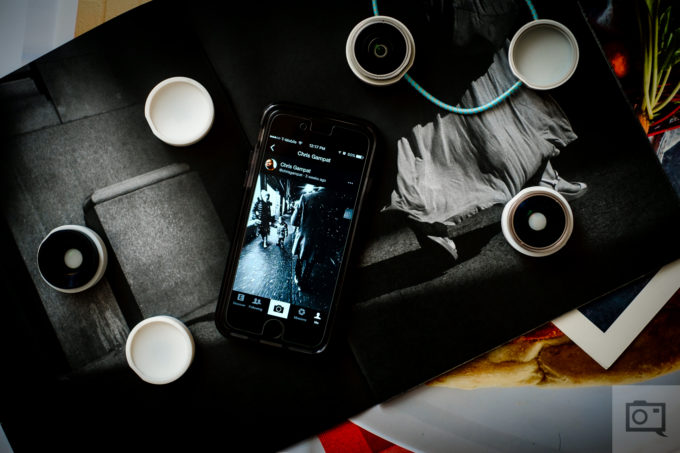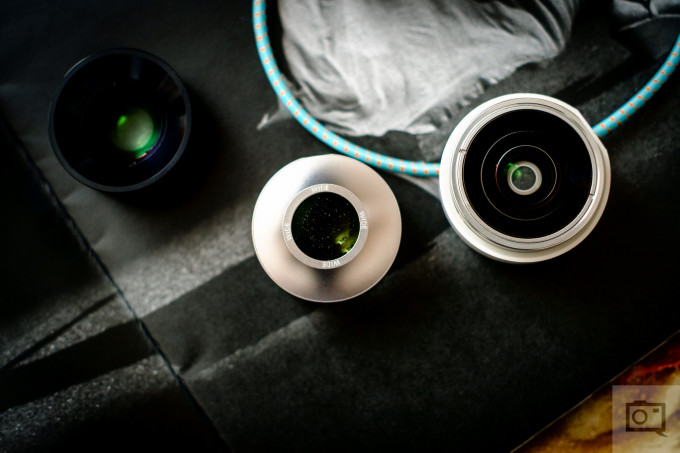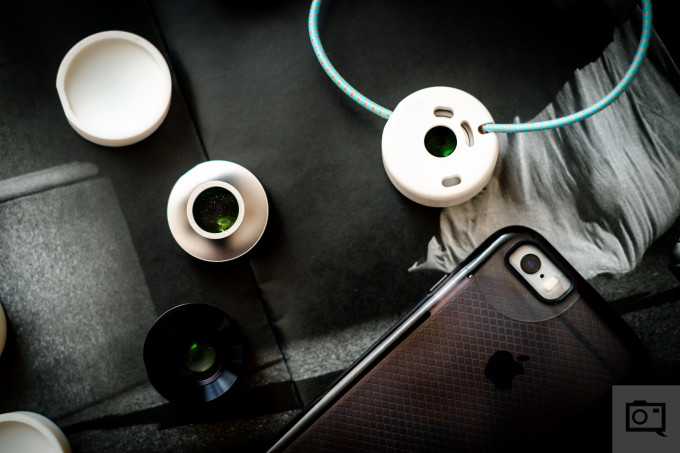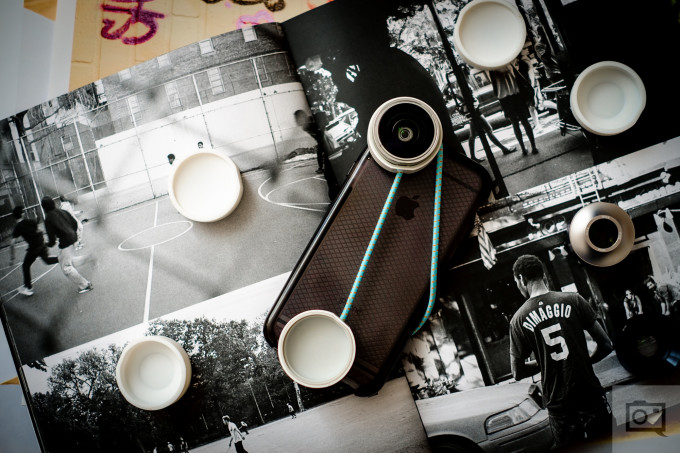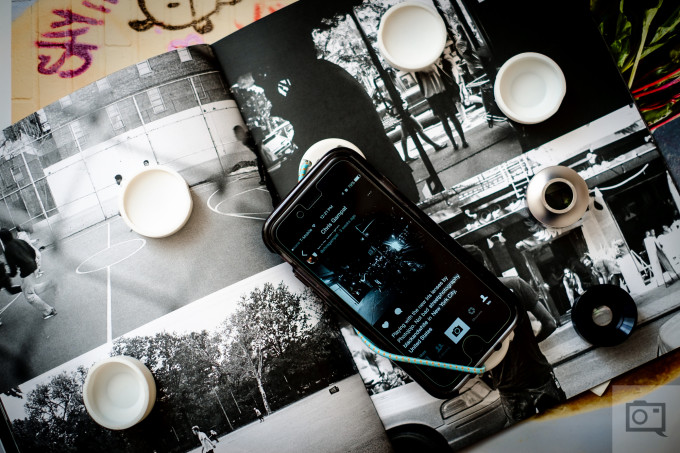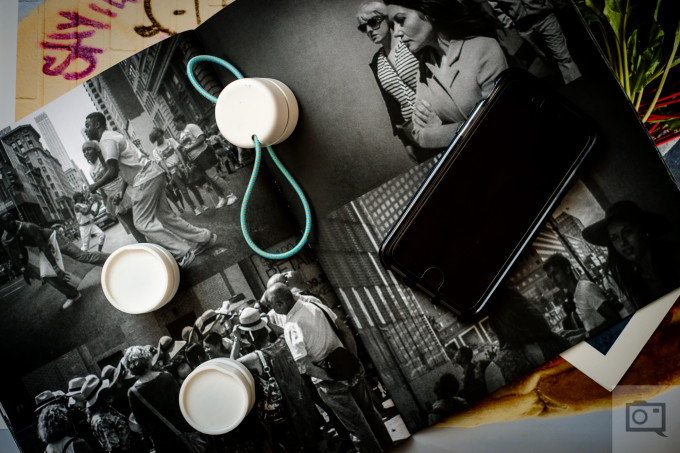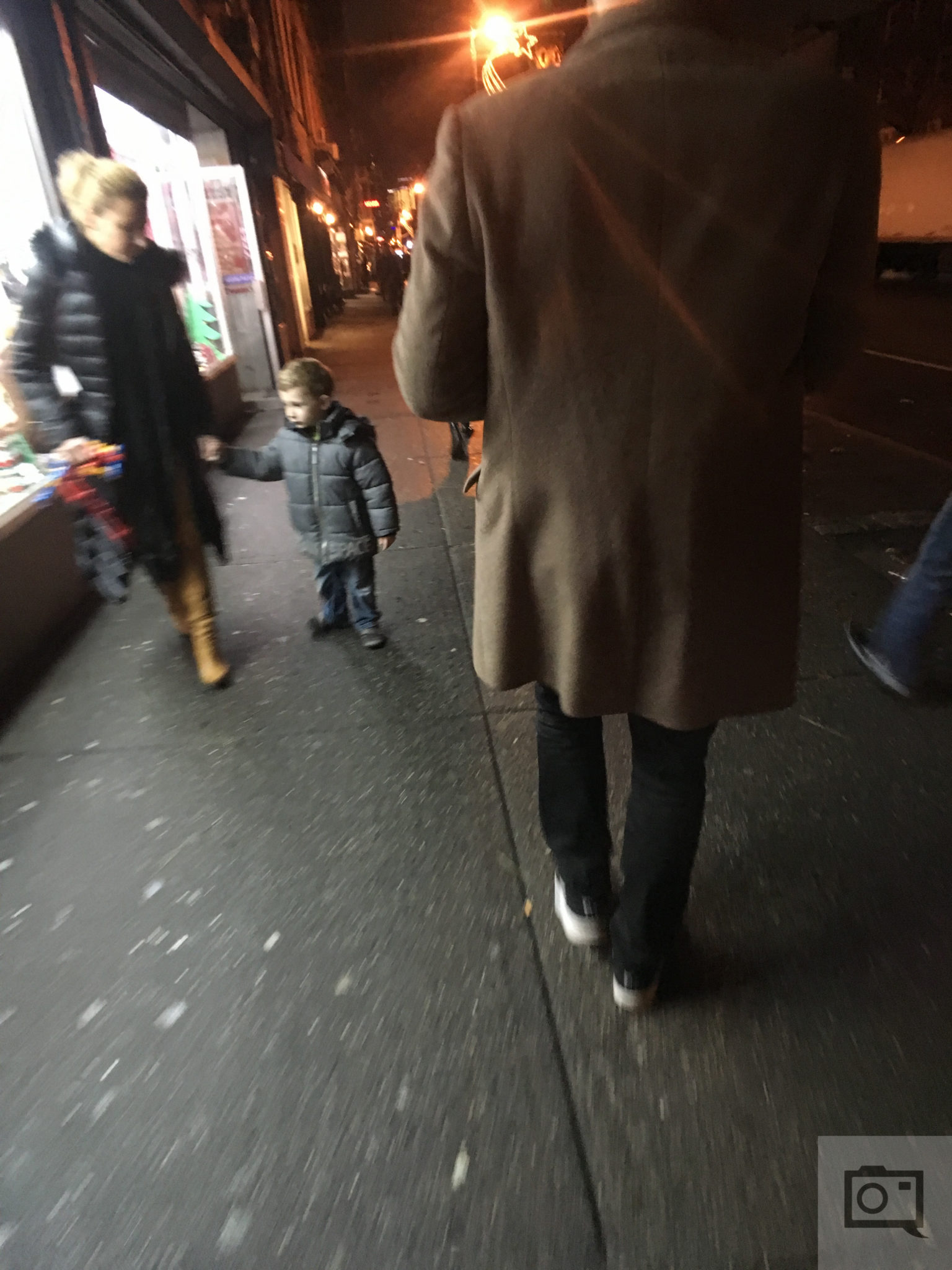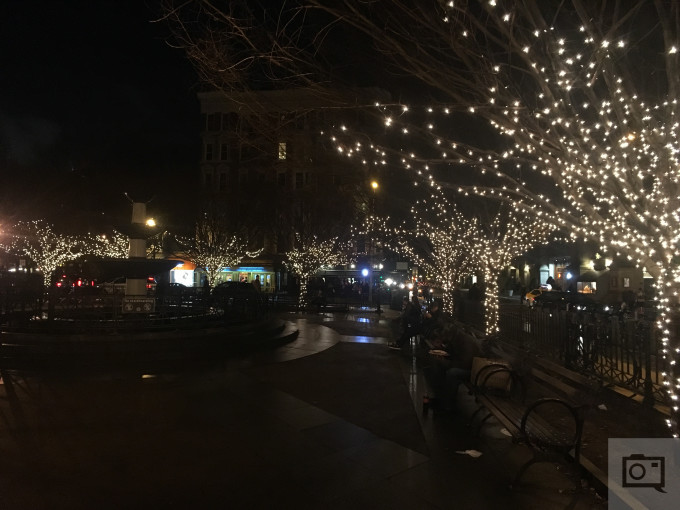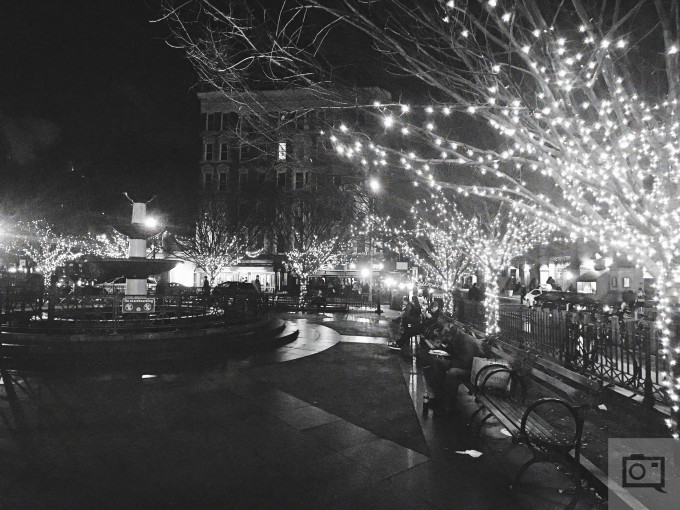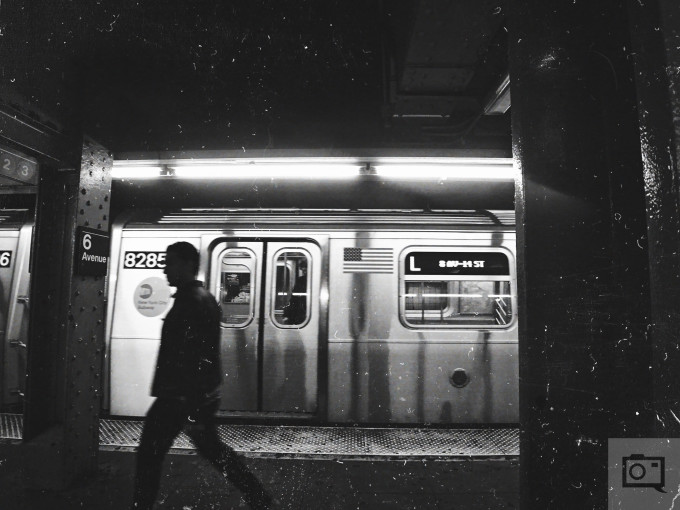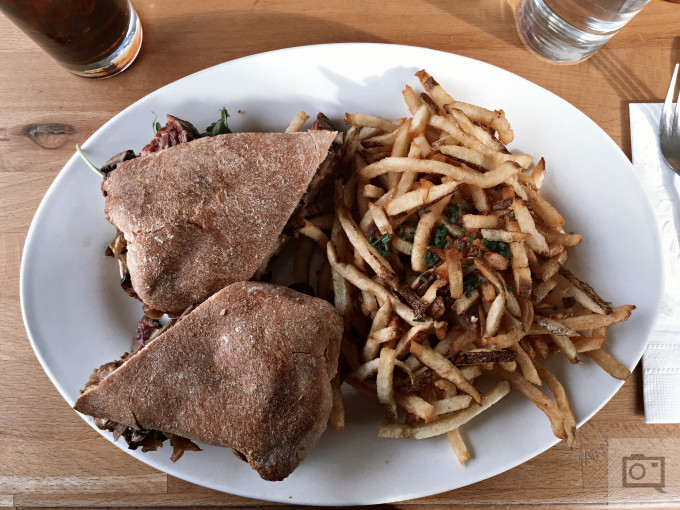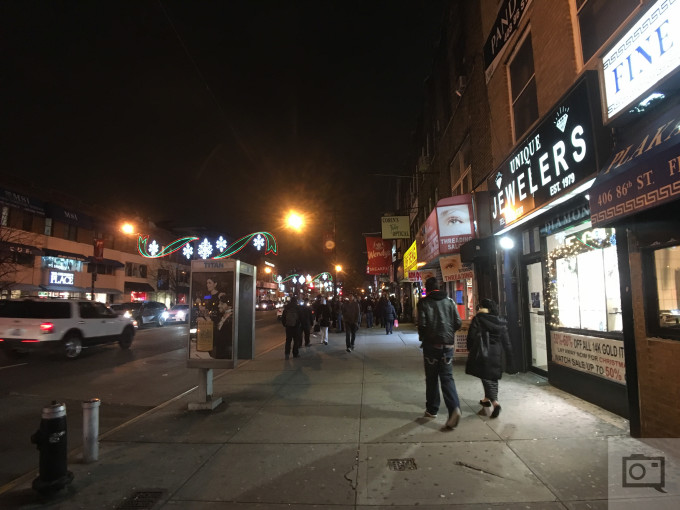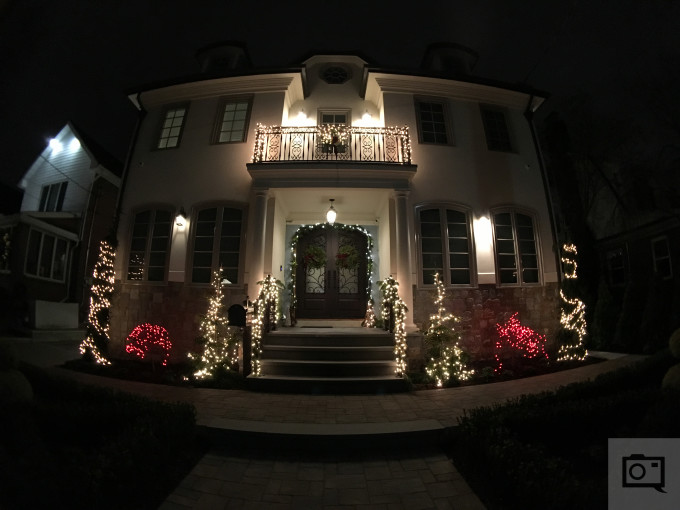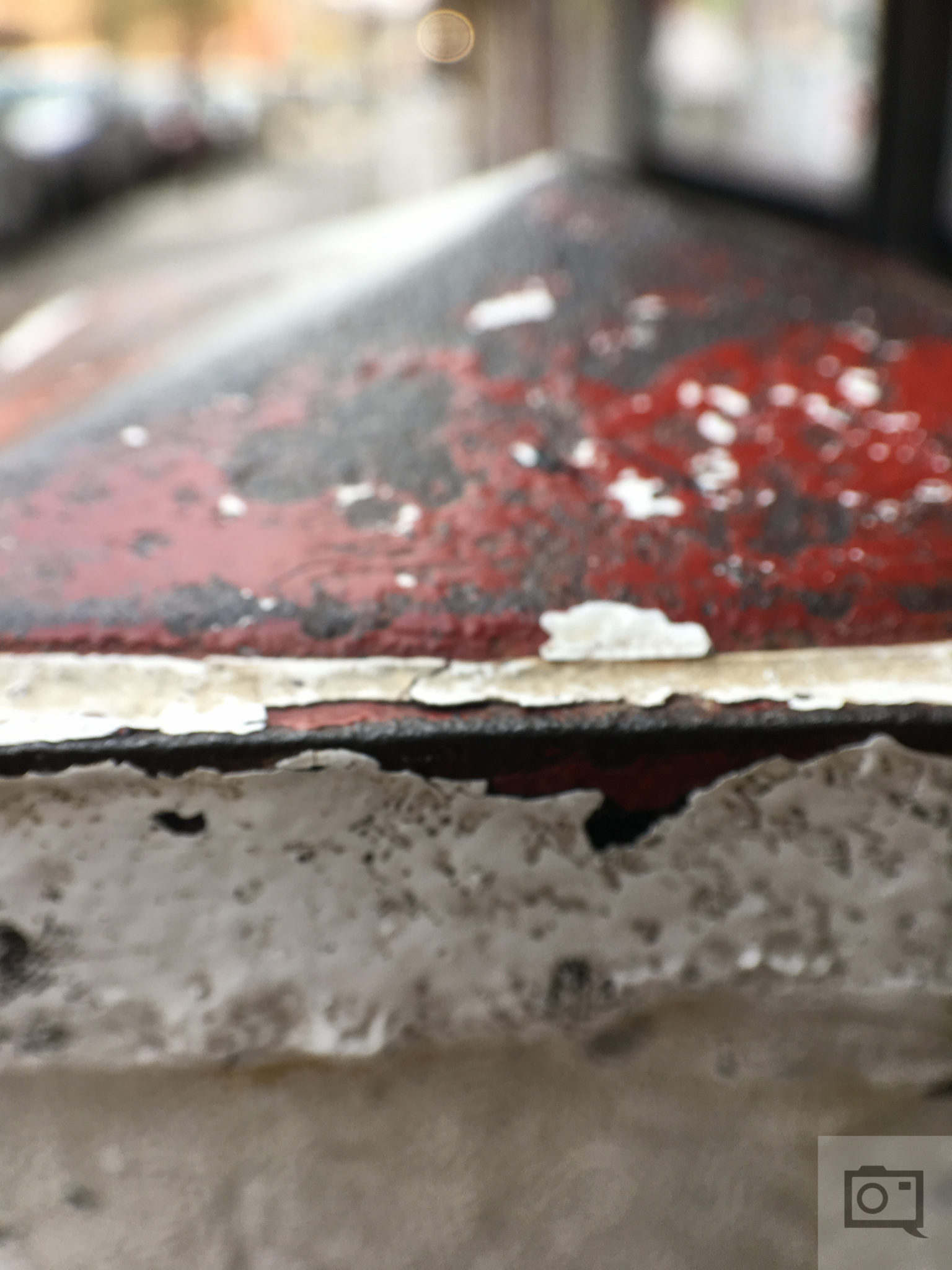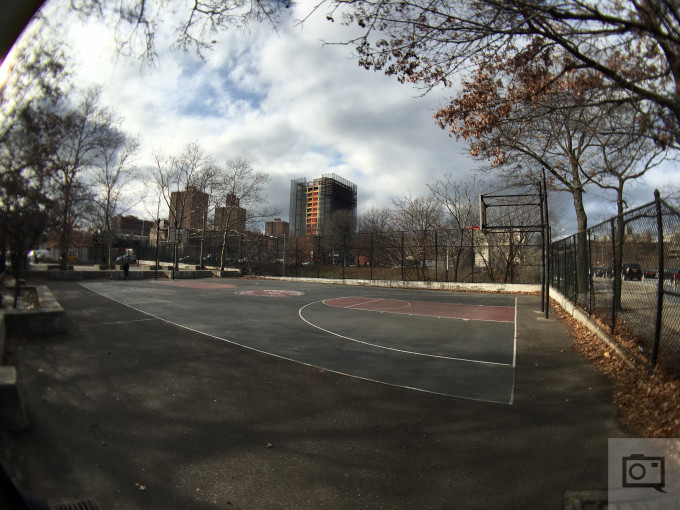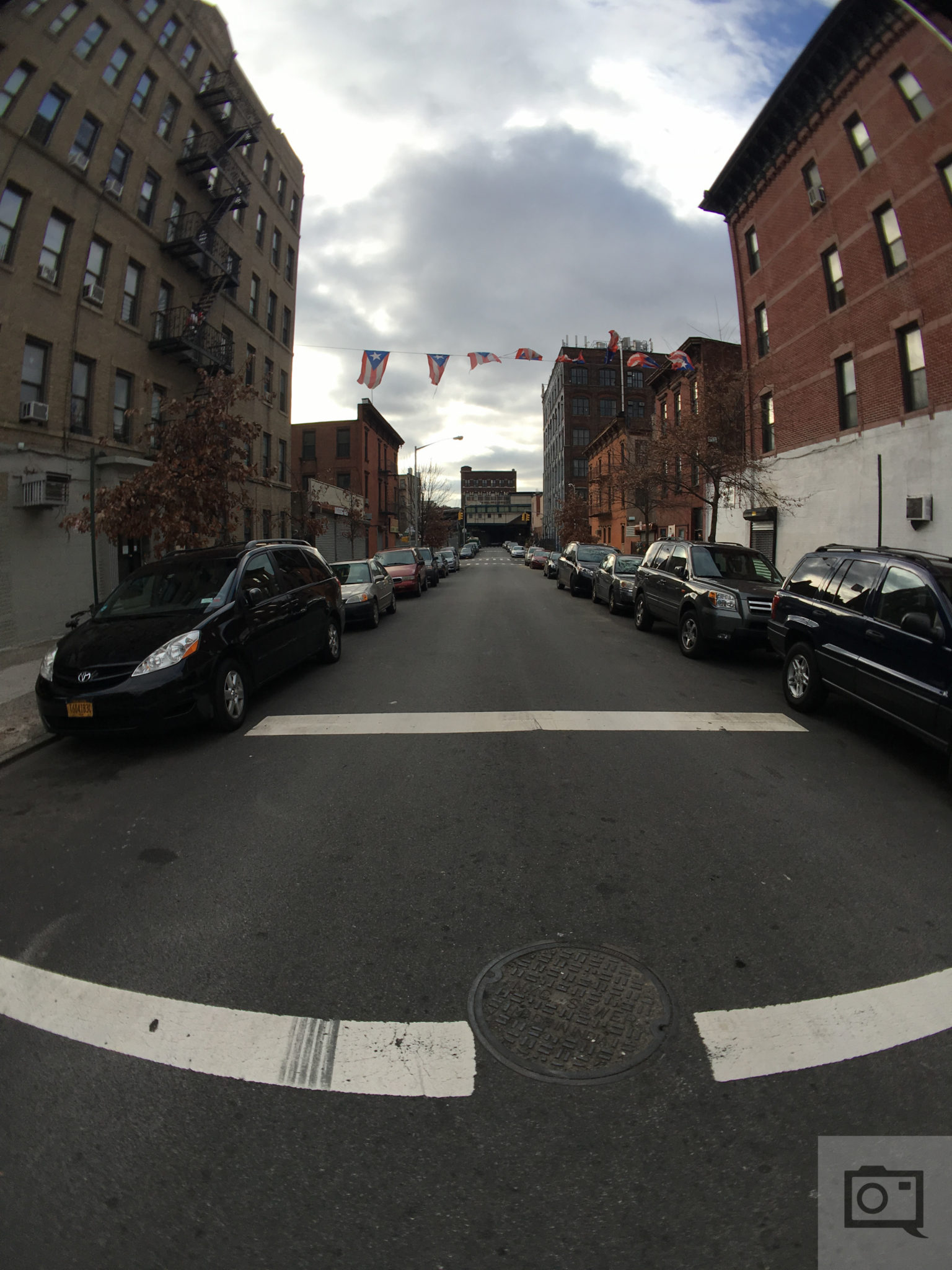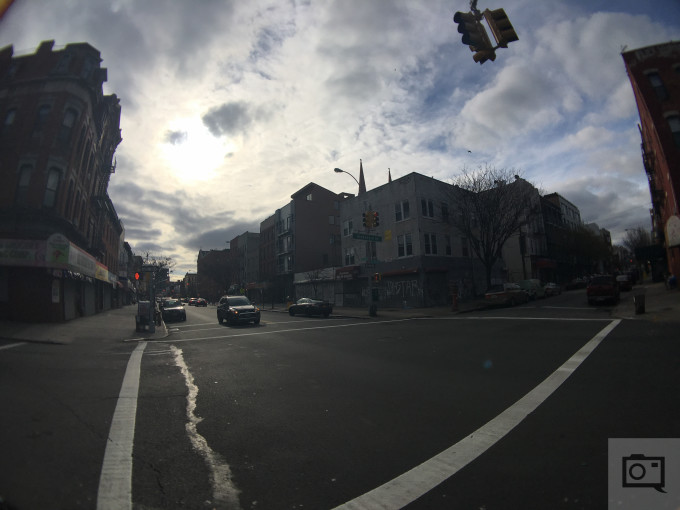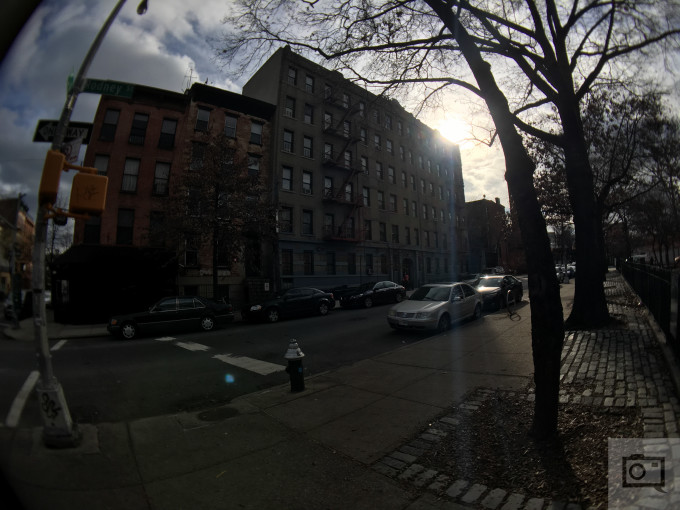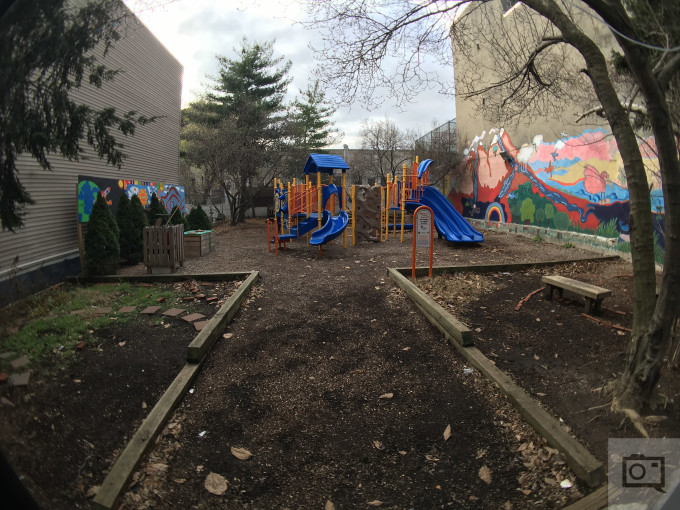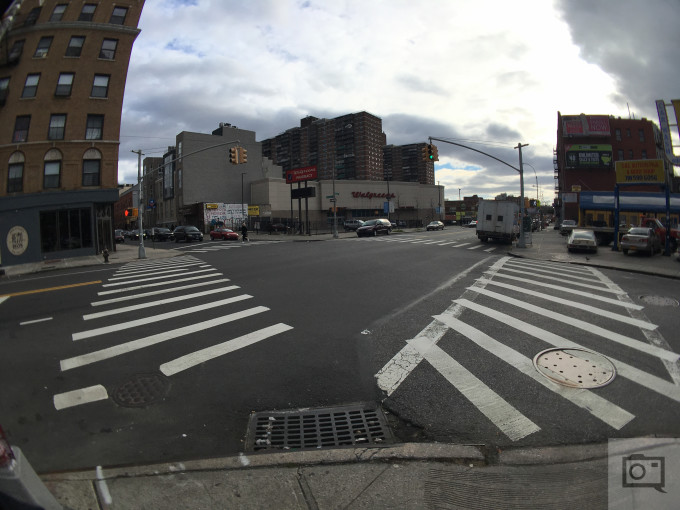Last Updated on 01/19/2016 by Chris Gampat
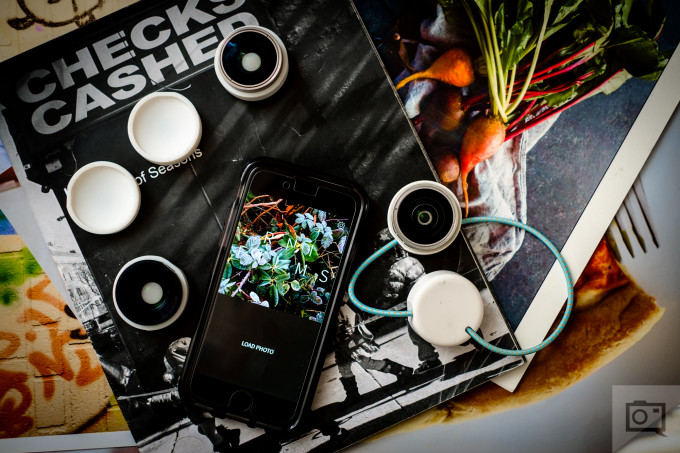
Photojojo has been known for making some really cool and fun stuff for photographers. They had iPhone lenses before, but they weren’t that high quality. Photojojo wasn’t alone on this though–everyone and their mother tried to create some sort of plastic fantastic lenses for the iPhone. Moment, on the other hand, created some fantastic lenses using glass–and the new Photojojo Iris lenses also utilize glass.
Using a lanyard and mount system, the Iris lenses are a trio including a macro, fisheye and wide angle lens. Made of metal and glass, they’re also pretty large for something that is supposed to mount onto such a small camera and sensor.
Pros and Cons
Pros
- Great quality
- Really fun
- Secure mounting system
- Solid build
- Lots of versatility
Cons
- Swapping lenses out is a general pain
- Larger glass lends itself more towards smearing
- Lanyard can get annoying
Tech Specs
You’re probably best off going to Photojojo’s websites to check out the tech specs.
Ergonomics
The Iris lenses are made of solid metal and have full glass elements in their construction. Each is encased in their own removable rubber protection pads with a plastic shell being used to attach your chosen lens to the phone. This shell has two pieces that are connected via a lanyard.
There are three different lenses: a wide angle, fisheye and a macro lens. Each of these are clearly written on the body, though it would be nice if Photojojo used larger text. The Macro lens is black, but the other two are both silver. That’s one way of differentiating them I guess.
The lenses go into the shell in order to be mounted onto the phone. Each of them have one edge that is flat and that fits accordingly into the shell. This flat edge is supposed to make taking the lens out easier. “Supposed to” is the key pair of words there.
Here’s the back of the shell in the image above. It connects to the mounting plate (placed around the phone’s camera) via the slits and depending on what size your phone is.
For extra security, you can wrap the lanyard around and stretch it to the bottom. In truth, you don’t really need to do this and they’ve never fallen off of the mount with me. However, I believe everyone would want extra security.
When the lanyard stretches around, it covers only the near edge of the bottom. It isn’t the most elegant way of securing it in place, but it works out well.
Build Quality
Each lens is built very, very well–but for what it’s worth they’re all pretty big. Moment lenses, on the other hand, are small. The mounting plate system also isn’t as elegant as Moment’s solution. But overall, everything is built very solid and I wouldn’t necessarily believe that Photojojo made these considering their past. It’s a very positive outlook that makes me more excited to see newer products.
The rubber casings do a great job with protecting the lenses, and the plastic shell isn’t so bad either.
The system is overall built very well, but my main quarrels have to do with the mounting solution that Photojojo took.
Be sure to always keep the lenses clean and your phone’s camera clean of smears. While Photojojo says that measures were taken to prevent any sort of smearing, I’d still take a microfiber cloth with you.
Image Quality
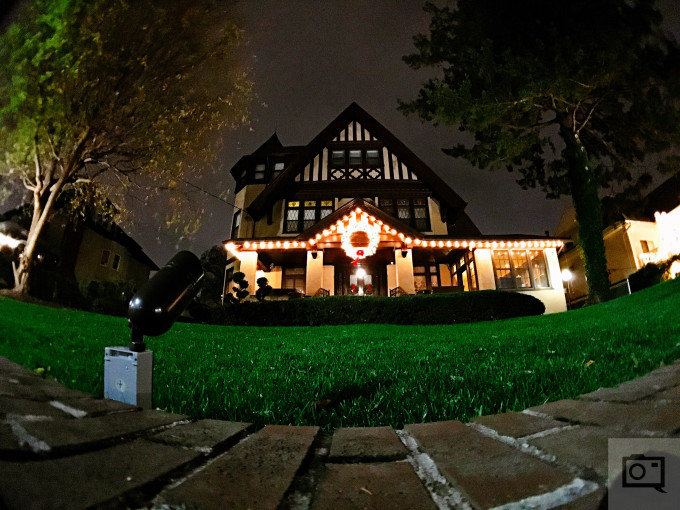
Of all the lenses, my favorites are the wide angle and the fisheye. Both of them let you do really cool things. The macro is nice too, but it basically just makes everything at a certain distance in focus and blurs all else into a beautiful bokeh. You may as well put the phone in a set of camera bellows then.
For the best quality, I prefer to shoot with the Apple camera app then edit with RNI films and then upload to Instagram or EyeEm.
The images in this section that aren’t in black and white were right out of the iPhone.
Wide Angle
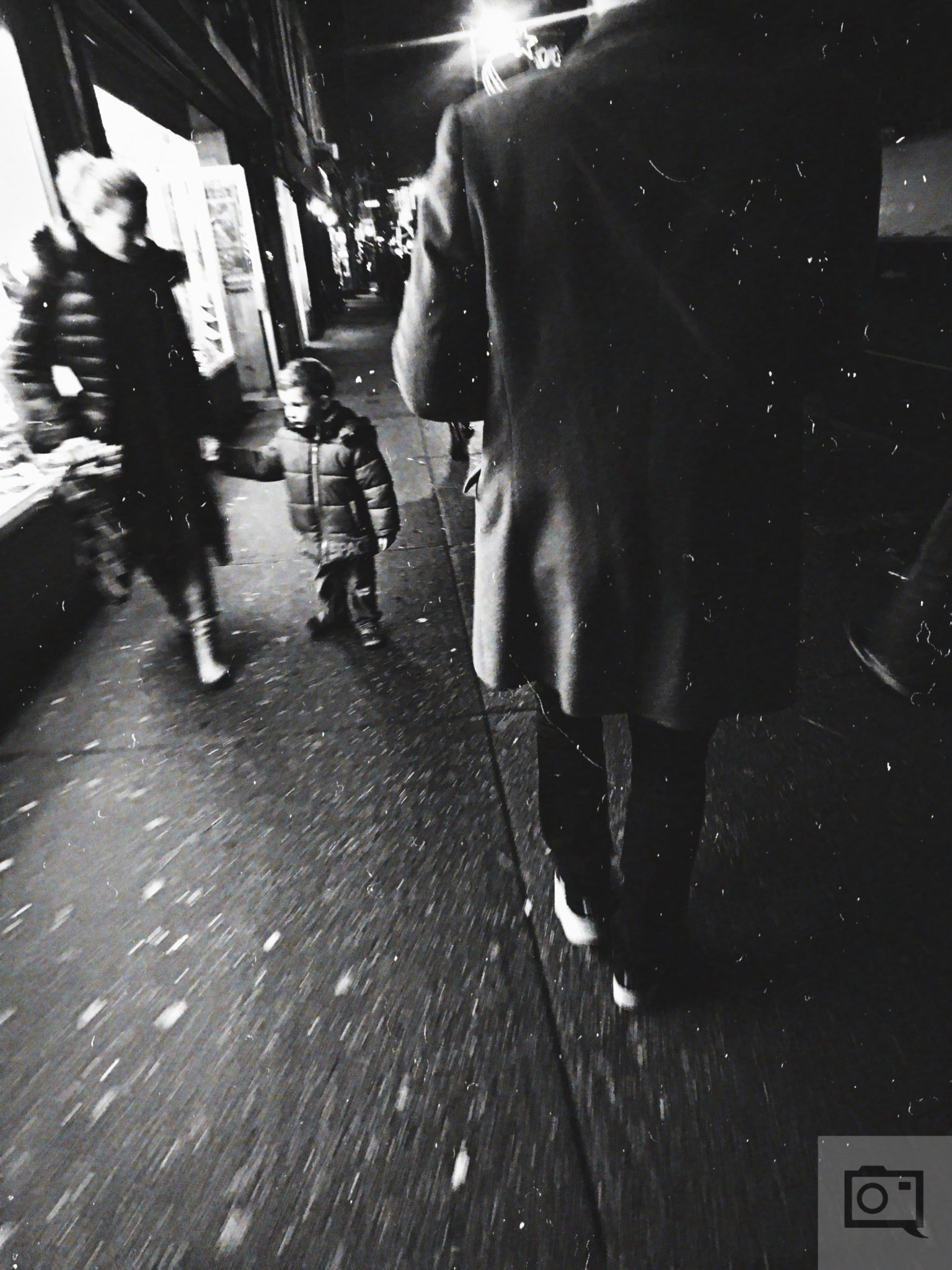
This one is by far my favorite of the three. It gives me a wide angle field of view that I can work with.
This image is the original right out of the camera. Sure, I made mistakes, but those were creatively embraced afterwards.
Macro
Like I said before, this one will give you bokeh, but makes you get up close–making it useless as a portrait lens.
Fisheye
This one is so much fun. Again, just make sure that all smearing is clear and off of the lens. Make sure that it’s popped on correctly too.
Conclusions
For $69, you get yourself three lenses and lots of versatility for your phone. You’ll never truly be able to use the phone with a true flash or monolight setup, but you can do quite a bit with available and natural light.
So who is this for? I strongly recommend these lenses for food photographers (macro), street photographers (wide angle) and urban geometry shooters (fisheye.) They’re fun to use and allow you to be creative when all you generally will want to do is shoot, upload, and have fun. With that said, these are for a particular photographer: the one that doesn’t care about pixel peeping and that understands that photography is all about the scene and visuals first. 100% Sharpness, to them, can be a bourgeois concept.
Still though, the design and functionality could have been better. Between these and the Moment lenses, know that both are good. But Moment lets you have a bit less in your pocket with smaller lenses.
The Phoblographer rates the Photojojo Iris lenses at 4 out of five stars. Want them? Check out the Amazon listing for more.


